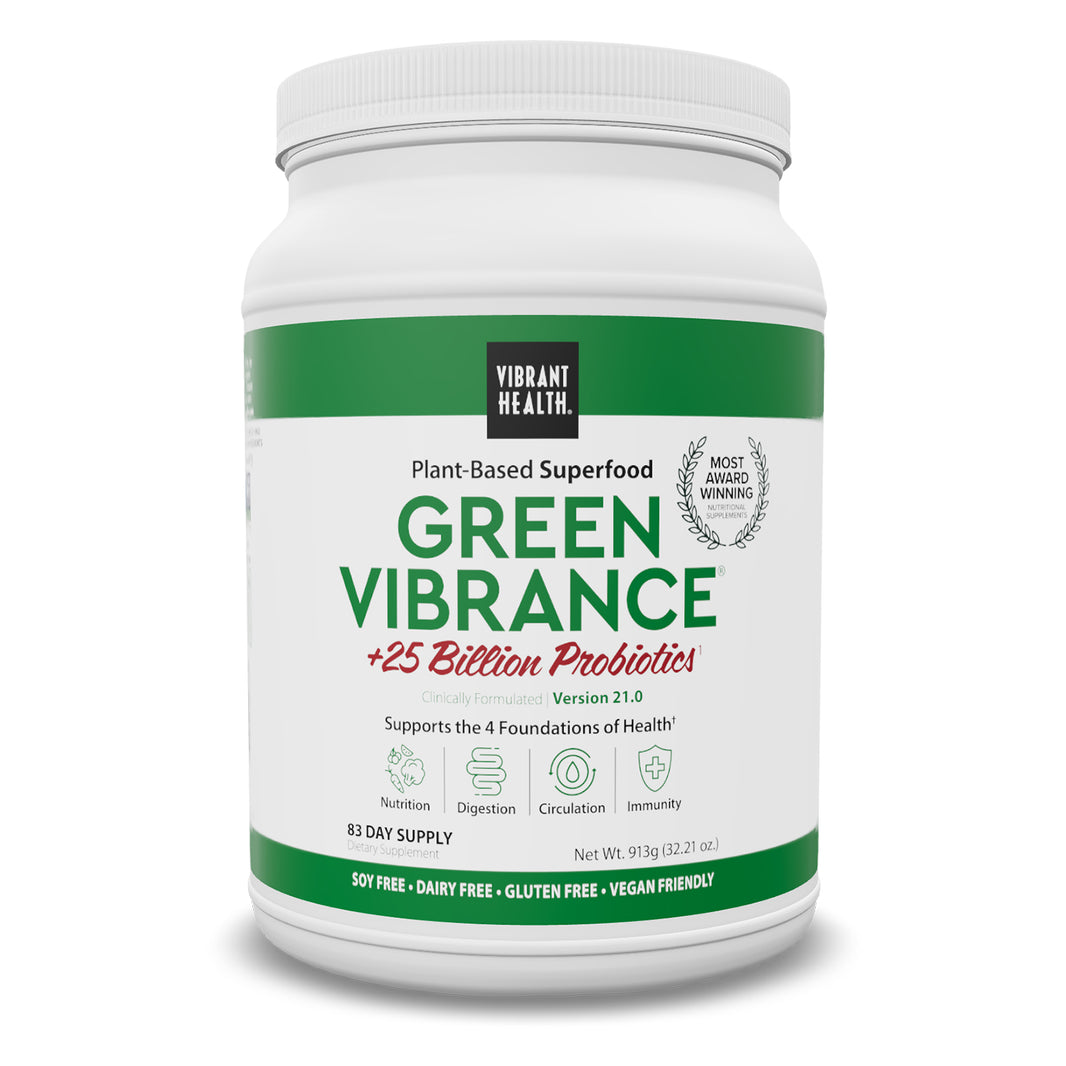Vitamin D is a steroid hormone which you naturally generate through sun exposure. So it’s a good idea to get out in the summer sunshine as much as you can, showing as much skin as possible (around 80%). If enough of you is exposed, you can produce between 10,000 to 25,000 IU from the time you bare your skin until just before it turns pink! Just make sure you do it without using sunscreen which inhibits the process.
There are two types of vitamin D – D2 (ergocalciferol) and D3 (cholecalciferol). Vitamin D2 is found to be less effective at increasing vitamin D levels than D3. So D3 is the type to go for when it comes to optimising the vitamin D levels in your blood.
Why do I need Vitamin D?
Vitamin D is essential for:
- Improving immune function
- Maintaining healthy teeth and bones
- Supporting brain and nervous system health
- Regulating insulin levels and preventing type 2 diabetes
- Sustaining lung function and cardiovascular health
- Influencing the expression of genes involved in cancer development
- Improving mental health and protecting against cognitive decline
- Weight management
What are the causes of vitamin D inadequacy or deficiency?
1) Inadequate exposure to sunlight
Most of us don’t expose enough of our skin to sunlight often enough, or for long enough to get sufficient amounts of vitamin D. Even when it’s sunny, most of us will wear long sleeves when going out for a walk or run.
2) Your skin type may increase your risk of vitamin D deficiency
People with darker skin have a higher melanin content which slows vitamin D synthesis compared to light-skinned individuals. As absorbing and synthesising vitamin D from sun exposure is essential, the darker your skin, the longer you need to bare yourself to sunlight.
Research shows that people with a naturally darker skin tone need three to five times longer exposure to make the same amount of vitamin D as those with lighter skin.
3) Wearing sunscreen inhibits your absorption of vitamin D
As previously described, suncream inhibits your intake of vitamin D. Get as much of your body directly into the sun (minus suncream) for a few minutes until just before your skin goes pink. Then cover up or apply a natural, organic sunscreen that is free from chemicals, hormone disruptors and carcinogens.
Adults should try to get into the sun daily from late March through to the end of September, preferably between 11 a.m and 3 p.m. to encourage adequate vitamin D levels.
Cancer Research has some tips on how to protect yourself in the sun. Guidance for babies and children is provided on the NHS website.
4) Obesity and patients with fat malabsorption syndromes are less able to absorb vitamin D.
5) A wide variety of medications including anticonvulsants and medicine to treat AIDS and HIV increase the risk of deficiency.
6) Your kidneys cannot convert vitamin D to its active form
Whether it’s due to ageing or you suffer from chronic kidney disease, impaired kidneys are less able to convert vitamin D to its active form, increasing the risk of deficiency.
7) Digestive issues, including Crohn’s and celiac disease, can affect your ability to absorb vitamin D from food or supplements.
8) Older adults are also at a higher risk of vitamin D inadequacy or deficiency as their skin can’t synthesise vitamin D as efficiently. They are also more likely to spend time indoors, and their dietary intake is most likely lacking.
9) Breastfed infants
Breast milk is naturally not high enough in vitamin D unless the mother is supplementing and has high levels which can be passed onto the baby.
UK guidelines recommend that breastfed babies from birth to one year of age should be given a daily supplement containing 8.5 to 10 micrograms (µg) of vitamin D even if the mother is also taking a vitamin D supplement.
Related: How to Get Vitamin D Levels Up Fast
What are the symptoms of vitamin D deficiency?
Vitamin D deficiency can lead to reduced immunity and regular bouts of infection or illness. It can also cause tiredness and fatigue, impaired wound healing, muscle, bone and back pain, low mood and hair loss.
Chronic deficiency can cause high blood pressure, osteoporosis, diabetes, autoimmune disease, inflammatory bowel disease, skin problems, infections, neurological and cardiovascular conditions, pregnancy complications and an increased risk of cancer including those of the breast, prostate, and colon.
It’s hard to get enough vitamin D through foods alone, but some do contain small amounts. Mushrooms and most fortified foods contain vitamin D2. Vitamin D3 is found in salmon, sardines and other fish, cod liver oil, red meat, liver, full-fat butter and eggs.
Why, when & how should I take a vitamin D supplement?
For those of us living in the northern hemisphere, it can be hard to maintain adequate vitamin D levels through sun exposure. There are many other contributory factors too, like your skin tone, the time of day you go out, how much of your skin gets bared to the sun, and the time of year.
For this reason, it’s hard to determine precisely how much time someone should spend in the sun: it varies from person to person.
One way to ensure you are getting enough vitamin D is to take a daily supplement, particularly from the beginning of autumn right the way through to the spring. At this time of year, there is less sunshine, and the angles of the sun’s rays are steep, which blocks UVB rays.
The NHS recommends that during the autumn and winter months, babies up to the age of one year need 8.5 to 10 micrograms of vitamin D a day (between 300 to 400 IU per day). Children from the age of one year and adults need 10 micrograms of vitamin D a day (400 IU per day).
This includes pregnant and breastfeeding women and people at risk of vitamin D deficiency.
According to the Journal of the American Medical Association (JAMA), the safe upper limit for daily vitamin D supplementation in adults is 4,000 IU. That said, some studies have found that daily doses of 10,000 IU are well tolerated in adults – this is also the No Observable Adverse Effect Level (NOAEL) according to the Institute of Medicine.
Vitamin D toxicity can occur when extremely high doses are taken. But it’s best to err on the side of caution, and while an adult have no trouble handling 4,000 IU a day, taking a maintenance dose of 1,000 IU is a good start.
If you’re worried your levels are low, it’s best to get them checked by your GP, or you can buy a testing kit. You can tailor your vitamin D intake from this point.
FYI – Without vitamins D3 and K2, calcium can’t do its job effectively. So, it’s best to take your vitamin D along with a vitamin K2 supplement as this helps to balance the calcium in your body, encouraging stronger bones.
Vitamin D aids calcium absorption, while vitamin K2 amalgamates the calcium into your bones.
3 reasons to take a regular dose of vitamin D
As mentioned above, vitamin D is essential for many reasons. But the following three reasons are very topical in light of the current climate and Covid-19.
1) Boosts immunity
Frequent infections and autoimmunity are associated with vitamin D deficiency. Vitamin D modulates both your innate and adaptive immune responses and your immune cells have vitamin D receptors that synthesise and respond to vitamin D. It may contribute to healthy cell replication and can help to balance the inflammatory response (excessive and prolonged inflammation is often at the root of chronic diseases).
2) Helps protect against flu and respiratory infections
Some studies show that vitamin D supplementation can protect against acute colds and flu and other respiratory infections. The most substantial effects appear to be in those who have the lowest levels, and it is most effective when supplements are taken on a daily or weekly basis. It’s thought to work by boosting levels of antimicrobial peptides (natural antibiotic-like substances) in the lungs. And, of course, colds and flu are most prevalent during the winter months when our exposure to sunshine is less, and vitamin D levels are at their lowest.
3) Protects your lungs
As previously mentioned, vitamin D is thought to boost antimicrobial peptides in the lungs. Researchers have also linked vitamin D supplementation to a reduced risk of COPD flare-ups (chronic obstructive pulmonary disease). The most marked effects were observed in patients who had lower levels. It appears that vitamin D works by increasing protection against respiratory viruses as well as reducing excess inflammation. This may also help to explain vitamin D’s protective effect on asthma attacks.
Low vitamin D levels are linked to asthma attacks in children and adults. In a Cochrane review of seven studies involving 435 children, and two studies including 658 adults, researchers found that giving a vitamin D supplement (alongside asthma medication) reduced the risk of severe asthma attacks requiring hospital admission by half. Supplementation also reduced the rate of asthma attacks needing steroid medication.
Conclusion
Maintaining healthy vitamin D levels is essential for a well-functioning immune system, strong teeth and bones, heart and lung function, cognitive health, the nervous system, and cold and flu prevention during winter.
It is also needed to help protect against certain cancers, including colon, prostate and breast cancer, and can reduce the risk of type 2 diabetes.
It’s best to take a daily vitamin D3 supplement from the beginning of autumn through to the spring and get adequate exposure during the summer months.
To ensure healthy levels, you can take a daily supplement, continuing all year round if you are an older adult, tend to cover up or not go out in the sun, have darker skin and not enough sun exposure or are overweight. If you’re breastfeeding, your baby should be taking a supplement even if you are.
Also, if you have compromised kidney function or are taking regular medication, you may need to take daily vitamin D. Always check with your doctor before taking any supplements.
For healthy bones, it’s best to take vitamins D3 and K2 together.
Written by Rebecca Rychlik-Cunning, Nutritional Therapist and Homeopath. Follow Rebecca on Instagram, Facebook and Medium, @rebeccabitesback.
Water for Health Ltd began trading in 2007 with the goal of positively affecting the lives of many. We still retain that mission because we believe that proper hydration and nutrition can make a massive difference to people’s health and quality of life. Click here to find out more.




























Leave a comment